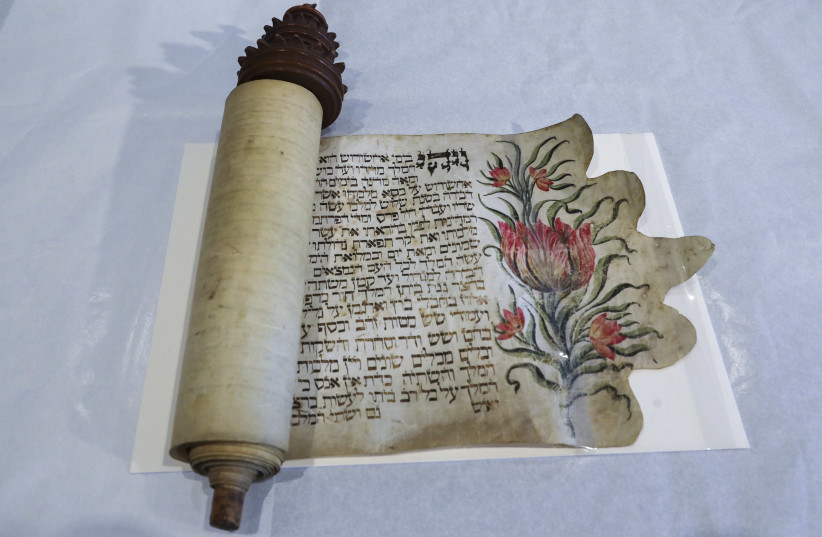It’s not a typical Jewish celebration.
Purim is a holiday of masquerades, carnivals and spirits of the liquid kind, as denoted in the Talmud (Megillah 7b) that a Jew should drink ad shelo yadat: Until he knows not the difference between cursed be Haman and blessed is Mordechai.
This is a strange directive for a tradition that abhors drunkenness. Yet, it is an integral part of the story of Queen Esther and the righteous Mordechai, the evil Haman, King Ahasuerus and the vanquished Queen Vashti, which culminates in the miraculous victory of the Jews over their enemies who wanted to destroy them.
It is a story of mysteries. First of all, Esther’s origin is unknown to anyone but her kinsman Mordechai – not even her husband is aware of her real identity. The Book of Esther (2:20) tells us “Esther did not reveal her origins.” Even God’s hand in the miracle is hidden; He is not mentioned in the whole of the megillah.
The Purim miracle is different from that of Hanukkah, where one cruse of oil burned for eight days. It is a chronicle of events that all seem reasonable and logical. We can all believe in a disobedient queen that the king decides to replace.

It is quite feasible that Mordechai happens to overhear a plot on the king’s life, and that on a sleepless night the king is reminded that Mordechai saved his life and was never rewarded. And it is almost a coincidence that Haman is in the queen’s chamber when the king walks in. A whole chain of haphazard events.
Perhaps the reason we are instructed to drink is to teach us the lesson that it is not our brilliant intellect and reason, now dulled by drink, that shapes our destiny, but the Creator, the higher power, who guides the outcome.
Another Purim mystery is the fact that nowhere is it mentioned the date of these events. We are told it happened during the reign of King Ahasuerus, whose kingdom “extended from India, even unto Ethiopia, over 127 provinces including Persia and Medea.”
Some scholars place it in the Second Temple period, but the first reference to it is only after 100 BCE. We learn of Queen Esther’s origins from the Aggadah, where she is described as a descendant of King Saul. Her father, Avichayil, an exile at Shushan, died before she was born, and her mother died at her birth. She became the ward of her cousin Mordechai.
Psalm 22 is dedicated to Ayeleth ha-shachar (the morning star), which is the meaning of the Persian word Esther. She was compared to the morning star because when it is first seen at dawn, it appears gradually. First it is a slender ray, growing bigger and brighter until it is seen in all its radiance. So too, the redemption of Israel in the days of Esther and Mordechai started with a small beginning, when Mordechai overheard the plot on the king’s life, until the finale when “the Jews had light and joy.”
Rabbi Assi observed: “Just as the morning star is the end of night, so too the star of Esther is the end of all the miracle stories in the Bible.”
The writer is the author of 14 books. Her latest novel is Searching for Sarah. dwaysman@gmail.com
